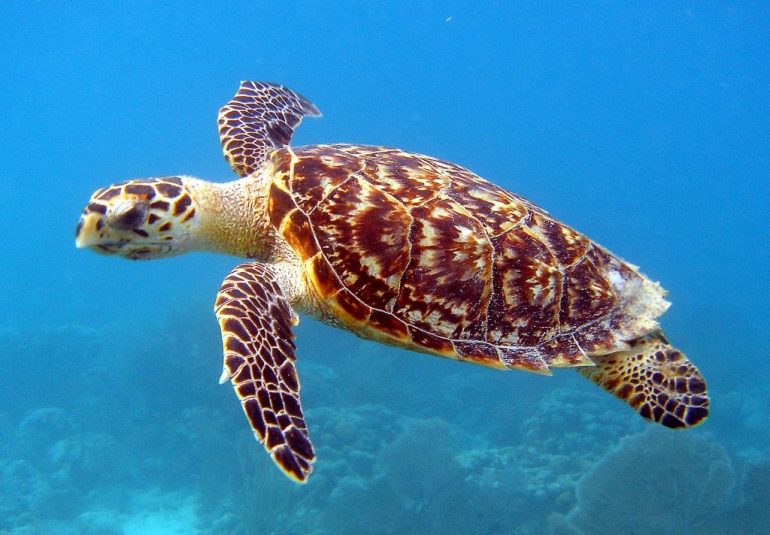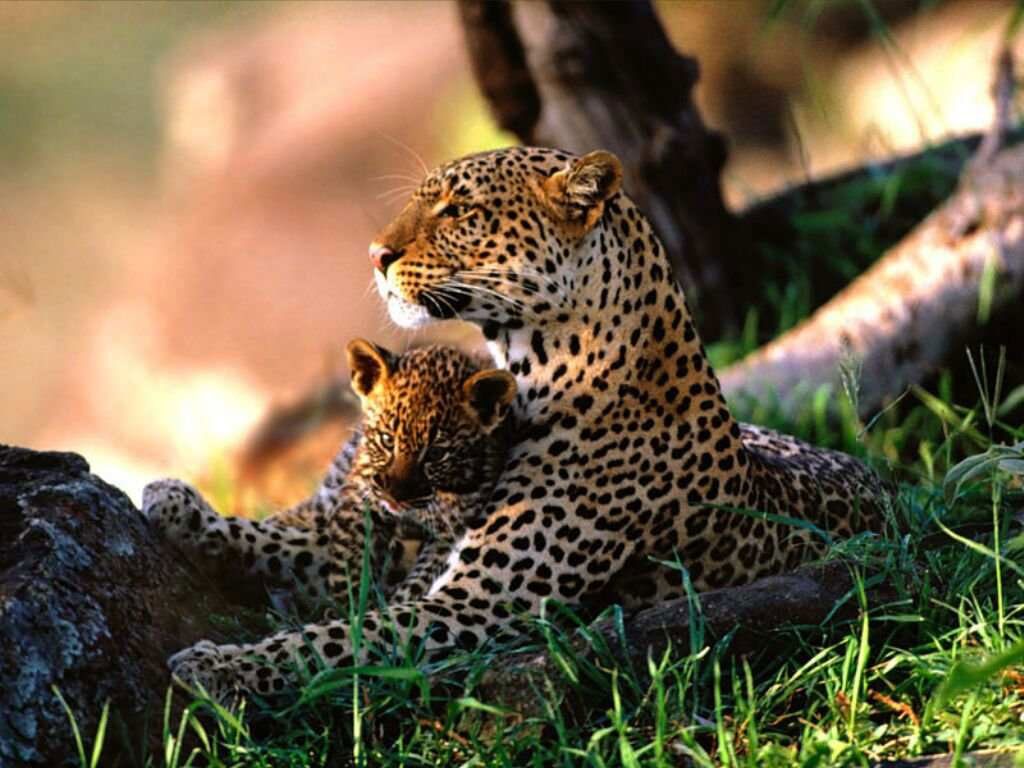International Biodiversity Day: 22nd May 2015
22nd May, this year, is officially International Biological Diversity Day, as sanctioned by the United Nations. This year’s theme focuses specifically on Biodiversity for Sustainable Development, and among other goals including the preserving ecosystems, promoting well-being among developing countries, reducing the international carbon footprint, and many others, one we wanted to focus on is the conservation of wildlife and species diversity.
A common cause for concern owing to poaching and fast-track urban development in this part of the world, many animals and marine life on the coast have been classified as ‘vulnerable’ or ‘critical.’
Some have even been marked as extinct prior to re-introduction.
As the United Nations website states,
Biodiversity is a vital asset in global and local economies, from fresh water supply and agriculture to food processing and production. The presence and functioning of biodiversity is also instrumental in contributing to global climatic change. What’s more, the ecosystem functioning to provide nutrients, clean air, and pest regulation make it essential for human health too.
Below, take a look at the gorgeous creatures that are on this list in the Middle East, including UAE:
The Arabian Oryx:
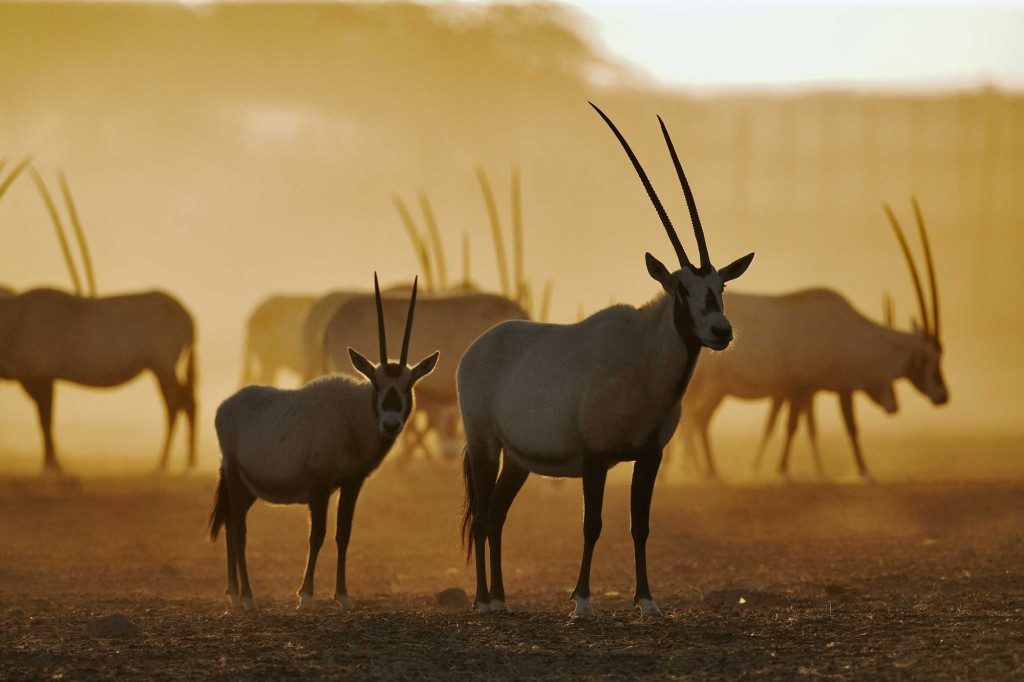
Extinct, re-introduced, and vulnerable again.
This stunning desert antelope has been hunted for meat and hides for years. They were marked as extinct for a long time until the 1990s when they were re-introduced, making a remarkable conservation story. The conservation will be in vain, however, since they’re still big targets for poaching and marked as vulnerable.
Recent reports reveal that the Arabian Oryx population is stabilizing, especially in Saudi Arabia where the population has reached up to 600 specimens. In Oman, however, the population was stable until the early 80s, where the animal sanctuary was opened for oil exploration, resulting in multiple cases of illegal capturing of the species, bringing a plummeting drop of the population from 500 to 50 specimens.
But change is not far. The Coordination Committee for the Conservation of the Arabian Oryx (CCCAO) is already accelerating its efforts to restore the desert antelope’s population in Oman in association with IUCN (International Union for Conservation of Nature).
There was even a recent committee meeting of EAAD [Environment Agency Abu Dhabi] to discuss the preservation of the Oryx, which focused on studying the population of the species and measures that can be taken to bring it off the endangered species list.
Arabian Tahr:
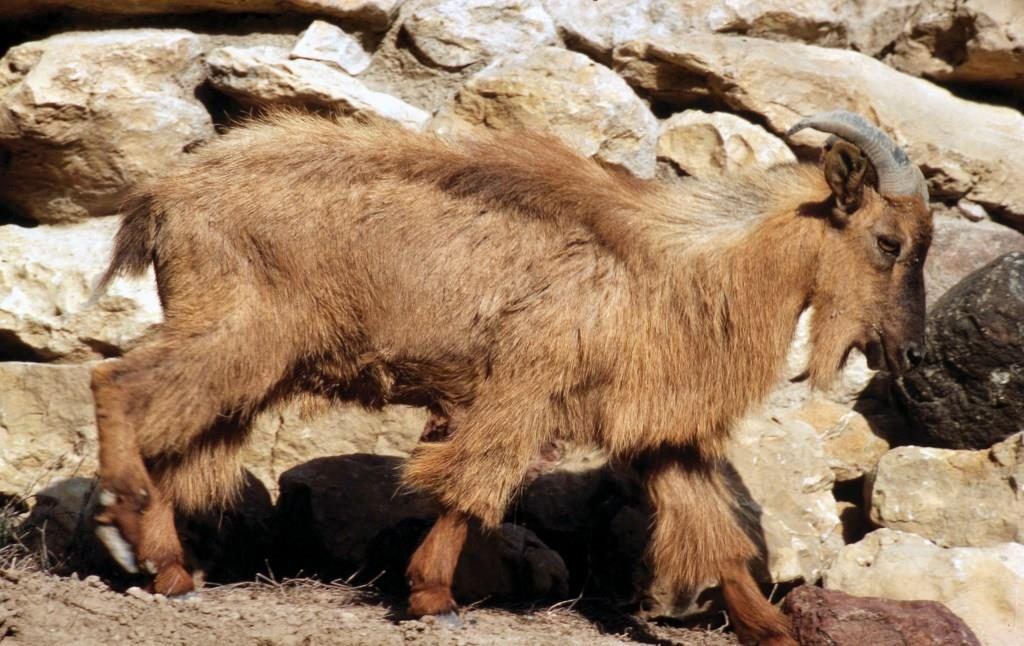
Hunted, habitat-less, & competing for pasture.
A resident of mountainous areas like Mussandam and Al Ain in the UAE, this medium-sized goat lives in small families of 2-3 and grazes twice a day. Apart from hunting, these creatures face a loss of habitat and competition for pastures with domestic livestock. They are vulnerable to diseases that affect regular goats, which is an additional threat. They are classified as endangered.
Earlier in 2015, Sir Bani Yas animal reserve in Abu Dhabi opened its doors to the Arabian Tahr in an endeavor to restore the species’ population. The specimens are currently being monitored by officials to ensure they settle in smoothly, and eventually be released back into their natural habitat.
Hawksbill Turtles:
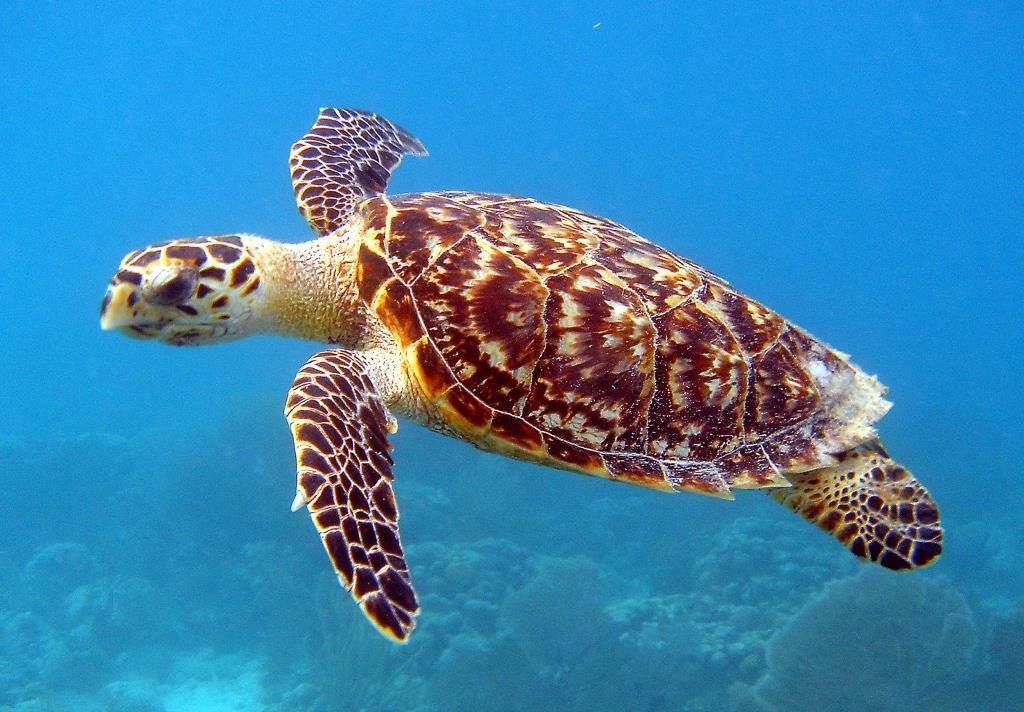
Commonly found around coral reefs, these highly colorful-shelled creatures are hunted for ‘tortoiseshell’ jewelry and ornaments. They have also lost their habitat in light of coastal development, and are threatened further by fishing and pollution. They are incredibly important to marine ecosystems as they feed on sponges, which prey on coral reef.
Arabian Leopard
There are less than 200 Arabian Leopards left within the UAE.
These beautiful felines have decreased colossally over the years from UAE’s landscape. Where they were once easy to spot in the outskirts, they are now part of the endangered species list. To help begin the restoration process, Al Bustan Zoological Center and Al Ain Zoo have collaborated on a captive breeding initiative. With less than 200 Arabian Leopards left within the UAE, this initiative marks the first of many approaches of various wildlife preservation organizations’ desperate involvement in restoration of the species.
Houbara Bustard
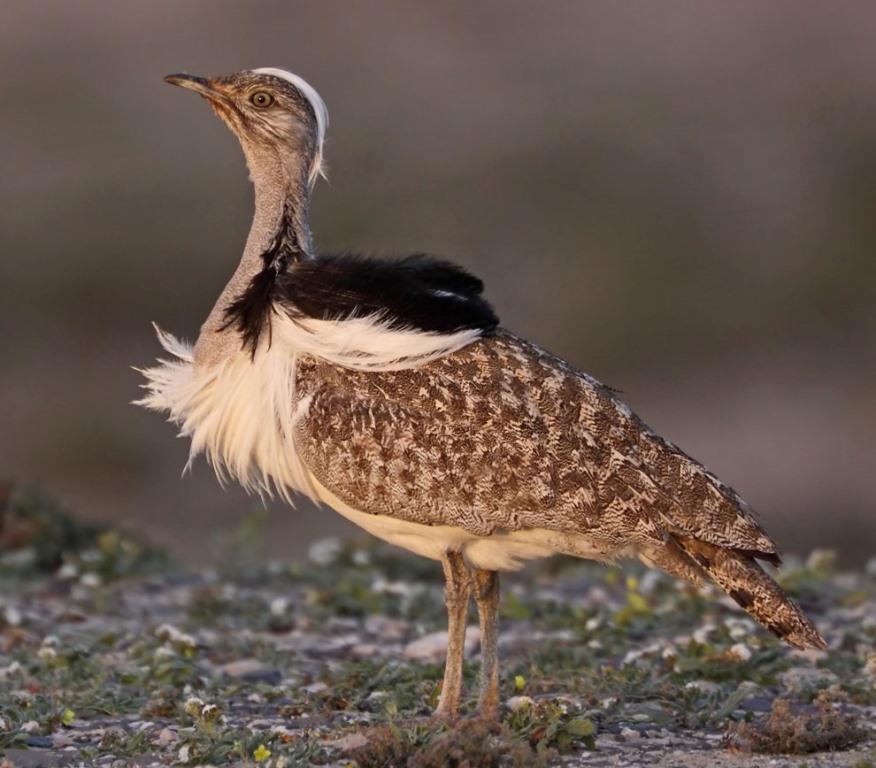
A steady 25% decline in their population each year since 2004.
The Houbara Bustard was quite commonly found in the Kingdom of Saudi Arabia. But in recent times, their population has dropped down enough to become a cause for concern. The dominant cause of decline of the bustard population is over-hunting by Middle Eastern falconers as a recreational activity, which has led to a steady 25% decline in their population each year since 2004. However, captive breeding and release have slowed this rate down since the initiative was launched.
The government is never far behind when it comes to well-being of the regional fauna. Steps have already been taken in 2014 in this direction, when the Khalifa announced 6 new wildlife sanctuaries in Dubai. As per the new decree launched in relation to initiating the foundation of the sanctuaries, these are Al Ghaf Conservation of Nazwa, Al Marmoum Desert Reserve, Al Wohoosh Desert Conservation Area, Dubai Desert Conservation Reserve, Hatta Mountain Conservation Area and Jabal Nazwa Conservation Area.
How can you help?
Be informed
Awareness of the regional endangered fauna is an essential first step to determine your contribution in supporting organizations that help restore the populations of these species. It is essential to know the reasons behind the diminishing of the numbers and various alternatives in which you can help.
Get involved
If you want to be part of the movement, choose one of the organizations within the region that is most suited to your method of participation and get involved. Take a look at this incredibly useful Gulf News Report to get involved.


